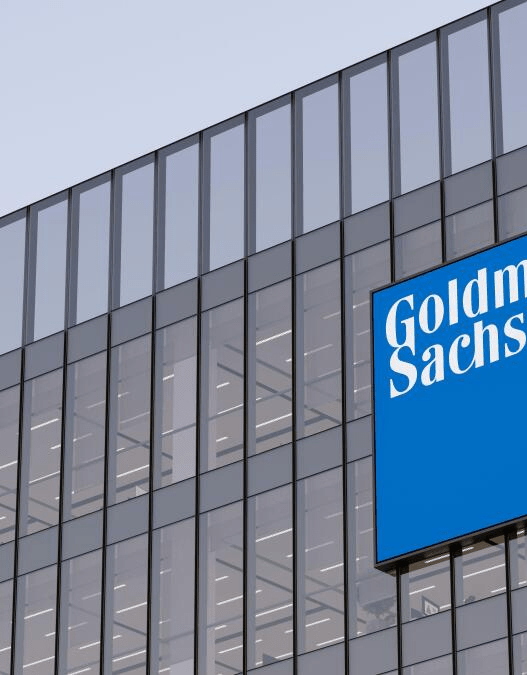What’s Shining in the Financial Markets?
Powered by MasterCFA.com
Gold prices have recently stabilized near record highs, with spot gold at $2,667.072 an ounce and gold futures for December at $2,83.95 an ounce. This steadiness comes after hitting all-time highs in September, with the market now focused on potential Federal Reserve interest rate cuts.
Why This Golden News Matters
The Economic Ripple Effect
The stability of gold prices near record highs reflects ongoing economic uncertainties and expectations of future monetary policy changes. This situation impacts various sectors of the economy:
- Currency markets: A strong gold price often correlates with a weaker dollar, affecting international trade.
- Investment portfolios: Gold’s performance influences asset allocation strategies for both individual and institutional investors.
- Mining industry: High gold prices can stimulate increased exploration and production activities.
Personal and Business Impacts
- Investors may see their gold-related investments appreciate, potentially offsetting losses in other areas of their portfolios.
- Businesses in the jewelry industry might face higher input costs, potentially leading to increased prices for consumers.
- Mining companies could see improved profitability, potentially leading to increased employment and economic activity in gold-producing regions.
Economic Theories in Action
The Interplay of Interest Rates and Gold Prices
The article showcases several key economic theories:
- Interest Rate Parity: This theory suggests that interest rates, inflation expectations, and exchange rates are interconnected. As the market anticipates potential Fed rate cuts, it affects both gold prices and the dollar’s strength.
- Safe Haven Asset Theory: Gold’s performance during times of economic uncertainty demonstrates its role as a safe-haven asset. Investors often flock to gold when other investment options seem risky.
- Supply and Demand Equilibrium: The rangebound nature of gold prices reflects a balance between bullish factors (geopolitical tensions, rate cut expectations) and bearish ones (strong dollar, resilient U.S. economy).
Real-World Application
Historically, we’ve seen these theories play out in various economic scenarios:
- During the 2008 financial crisis, gold prices surged as interest rates were cut and investors sought safe-haven assets.
- In the 1970s, gold prices skyrocketed as inflation soared and interest rates were slow to adjust, demonstrating the relationship between real interest rates and gold prices.
A hypothetical scenario could further illustrate these concepts:
Imagine a situation where geopolitical tensions escalate, and the Fed unexpectedly announces a series of aggressive rate cuts. We might see:
- A sharp increase in gold prices as safe-haven demand surges.
- A weakening dollar due to lower interest rates, further boosting gold’s dollar-denominated price.
- Increased mining activity and exploration as higher prices make marginal deposits economically viable.
Crystal Ball: What’s Next for Gold?
Looking ahead, several scenarios could unfold:
- If inflation remains persistent, the Fed might delay rate cuts, potentially capping gold’s upside.
- Escalating geopolitical tensions could drive safe-haven demand, pushing gold to new record highs.
- A stronger-than-expected economic recovery might reduce the likelihood of rate cuts, potentially pressuring gold prices.
The interplay between these factors will likely keep gold markets dynamic and closely watched by investors.
Why You Should Keep Your Eyes on the Gold Prize
Understanding gold price dynamics is crucial for several reasons:
- Portfolio Diversification: Gold’s behavior in different economic scenarios can help in creating a more resilient investment portfolio.
- Economic Indicator: Gold prices can provide insights into market sentiment about inflation, interest rates, and geopolitical stability.
- Career Advancement: For aspiring financial analysts, a deep understanding of gold markets can be a valuable skill, enhancing your ability to provide comprehensive market analysis.
Questions to Ponder
- How might the relationship between gold prices and interest rates change if we enter a prolonged period of stagflation?
- What impact could widespread adoption of cryptocurrencies have on gold’s status as a safe-haven asset?
- How might advances in gold mining technology affect the long-term supply and price dynamics of gold?
- In what ways could changes in central bank gold reserves influence global gold prices and monetary policy?
- How might the increasing focus on sustainable and ethical investing affect the gold mining industry and gold prices?
Keep Learning with MasterCFA: Staying informed about gold price dynamics and their economic impacts is essential for any budding analyst. Dive deeper into these topics to enhance your understanding and prepare for the CFA Exam. Explore more insightful articles and resources with MasterCFA to stay ahead in your finance career.
















